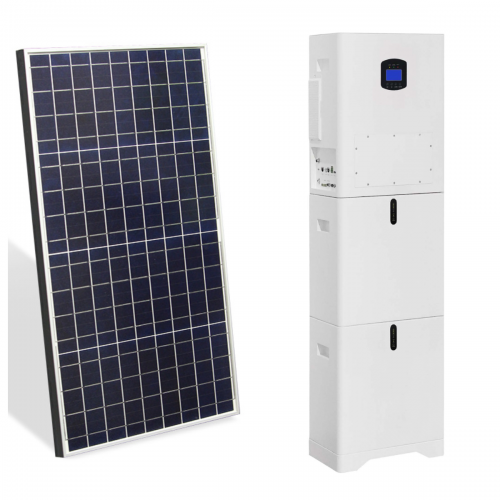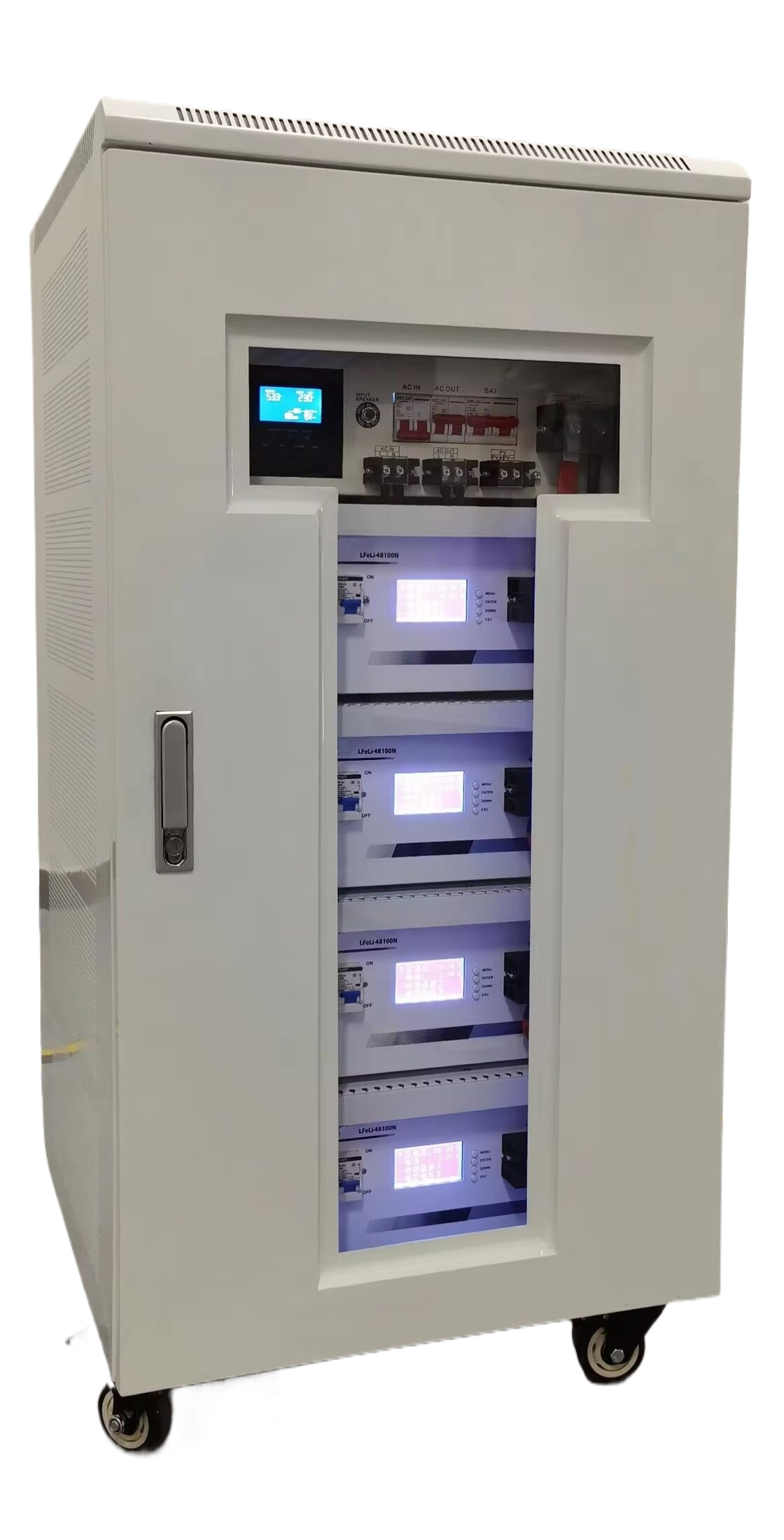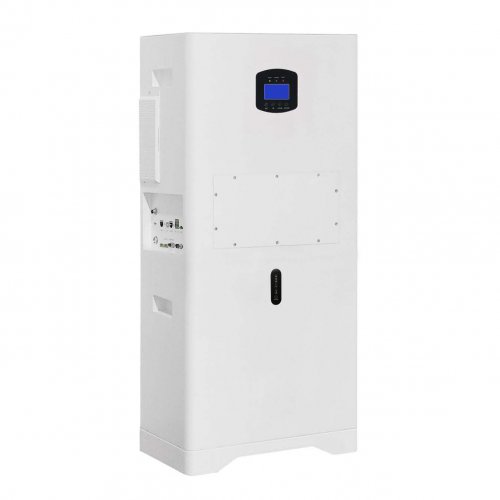Advances In Energy Density Improvements: Novel Materials, System Integration, And Future Pathways
The relentless pursuit of higher energy density—the amount of energy stored in a given system or space—remains a central pillar of technological advancement in the 21st century. Driven by the demands of electric vehicles (EVs), portable electronics, and grid-scale energy storage, significant research efforts are focused on pushing the boundaries of both electrochemical and capacitor-based systems. Recent progress is not confined to a single approach but is instead a multi-front campaign involving novel electrode materials, revolutionary electrolyte formulations, and sophisticated system-level engineering.
Breakthroughs in Lithium-Ion and Post-Lithium-Ion Electrochemistry
The lithium-ion battery (LIB), the incumbent champion of portable power, continues to see incremental yet crucial improvements in energy density. The primary strategy involves increasing the nickel content in layered oxide cathodes (e.g., LiNiₓMnᵧCo₂O₂, NMC) while reducing cobalt. The development and commercialization of NMC811 (Ni 80%, Co 10%) and now ultra-high-nickel cathodes (Ni > 90%) represent a significant milestone, offering specific energies approaching 300 Wh/kg at the cell level (Li et al., 2022). To complement these high-capacity cathodes, the long-awaited integration of silicon-based anodes is finally gaining traction. By replacing graphite (theoretical capacity: 372 mAh/g) with silicon (theoretical capacity: 3579 mAh/g), energy density can be dramatically enhanced. Recent breakthroughs have mitigated silicon's notorious volume expansion (~300%) through innovative nanostructuring, such as porous silicon nanoparticles and silicon-carbon composite scaffolds, alongside advanced binders and electrolyte additives that stabilize the solid-electrolyte interphase (SEI) (Cui, 2021).
Looking beyond lithium-ion, next-generation chemistries promise step-change improvements. All-solid-state batteries (ASSBs) are at the forefront of this effort. By replacing the flammable liquid electrolyte with a solid-state conductor, ASSBs enable the use of a metallic lithium anode, which is the ultimate anode due to its exceptionally high theoretical capacity (3860 mAh/g) and low electrochemical potential. Recent research has focused on overcoming the interfacial instability and dendrite growth at the lithium/solid-electrolyte interface. Promising solid electrolytes include sulfide-based (e.g., Li₁₀GeP₂S₁₂) and halide-based (e.g., Li₃YCl₆) materials, which boast high ionic conductivity rivaling liquids. A notable 2023 study demonstrated a halide-based ASSB that retained over 82% of its capacity after 2000 cycles, marking a critical step towards durability (Lee et al., 2023).
Simultaneously, lithium-sulfur (Li-S) and lithium-air (Li-O₂) chemistries continue to be explored for their extraordinary theoretical energy densities (~2600 Wh/kg and ~3500 Wh/kg, respectively). For Li-S, progress has been made in designing cathodes that confine soluble polysulfides, such as using metal-organic frameworks (MOFs) and graphene oxide coatings, thereby reducing the "shuttle effect" and improving cycle life (Manthiram et al., 2022).
Enhancing Capacitive Energy Density
While batteries dominate in specific energy, supercapacitors are invaluable for their high power density and rapid charge-discharge cycles. Improving their energy density to bridge the gap with batteries is a key objective. This is primarily achieved by developing pseudo-capacitive materials that undergo fast surface redox reactions in addition to physical charge storage. Research on MXenes—a family of two-dimensional transition metal carbides and nitrides—has shown great promise due to their high electronic conductivity and rich surface chemistry, leading to exceptionally high volumetric capacitance (Gogotsi & Simon, 2021). Similarly, the design of hierarchical porous carbon structures optimized for ion accessibility in various electrolytes continues to push the limits of electric double-layer capacitance.
System-Level Integration and Engineering
Improving energy density is not solely a materials science problem; it is also an engineering challenge. At the cell and pack level, innovations are increasing the proportion of active material versus inactive components (current collectors, separators, packaging). The adoption of tabless designs, as seen in Tesla's 4680 cell, reduces internal resistance and allows for more efficient space utilization. Furthermore, the concept of "structural batteries"—where the battery itself becomes a load-bearing part of a device's structure, such as in a car's chassis—is being actively researched. This paradigm shift could drastically improve the effective energy density at the system level by eliminating redundant packaging and support structures (Johansson et al., 2022).
Future Outlook and Challenges
The trajectory of energy density improvements points towards a diversified future. In the near term, we will witness the widespread adoption of high-nickel NMC and silicon-blended graphite anodes in LIBs. The mid-term horizon (5-10 years) will likely be defined by the commercialization of all-solid-state batteries, which promise enhanced safety alongside higher energy density.
However, significant hurdles remain. For ASSBs, scaling up production of stable solid electrolytes and ensuring intimate electrode-electrolyte contact at low cost is paramount. For beyond-lithium technologies like Li-S and Li-O₂, overcoming fundamental scientific challenges related to electrolyte decomposition and cathode passivation is essential before they can become practical. Furthermore, the quest for higher energy density must be balanced against other critical metrics: power output, cycle life, safety, cost, and environmental sustainability. The sourcing of critical materials like nickel, lithium, and cobalt also presents a significant supply chain challenge that must be addressed through recycling and the development of earth-abundant alternatives.
In conclusion, the field of energy density improvement is experiencing a renaissance, fueled by interdisciplinary research spanning materials science, electrochemistry, and engineering. The convergence of new material discoveries, such as stable solid electrolytes and high-capacity silicon anodes, with intelligent system design is paving the way for a new era of energy storage that will power a more sustainable and electrified future.
References:Cui, Y. (2021). Silicon anodes.Nature Energy, 6(7), 665-667.Gogotsi, Y., & Simon, P. (2021). True performance metrics in electrochemical energy storage.Science, 334(6058), 917-918.Johansson, P., et al. (2022). Structural battery composites: A review.Functional Composites and Structures, 4(4), 042001.Lee, Y.-G., et al. (2023). A halogen-based solid-state electrolyte for high-performance all-solid-state lithium batteries.Nature Energy, 8(1), 80-89.Li, W., et al. (2022). High-nickel layered oxide cathodes for lithium-based automotive batteries.Nature Energy, 5(1), 26-34.Manthiram, A., et al. (2022). Lithium-sulfur batteries: Progress and prospects.ACS Nano, 16(10), 15528-15549.
Customized/OEM/ODM Service
HomSolar Supports Lifepo4 battery pack customization/OEM/ODM service, welcome to contact us and tell us your needs.


HomSolar: Your One-stop LiFePO4 Battery Pack & ESS Solution Manufacturer
Our line of LiFePO4 (LFP) batteries offer a solution to demanding applications that require a lighter weight, longer life, and higher capacity battery. Features include advanced battery management systems (BMS), Bluetooth® communication and active intelligent monitoring.

Customised Lithium Iron Phosphate Battery Casing
ABS plastic housing, aluminium housing, stainless steel housing and iron housing are available, and can also be designed and customised according to your needs.

HomSolar Smart BMS
Intelligent Battery Management System for HomSolar Energy Storage System. Bluetooth, temperature sensor, LCD display, CAN interface, UART interface also available.


Terminals & Plugs Can Be Customized
A wide range of terminals and plugs can be customised to suit the application needs of your battery products.

Well-designed Solutions for Energy Storage Systems
We will design the perfect energy storage system solution according to your needs, so that you can easily solve the specific industry applications of battery products.



About Our Battery Cells
Our energy storage system products use brand new grade A LiFePO4 cells with a battery lifespan of more than 4,000 charge/discharge cycles.



Applications in Different Industries
We supply customized & OEM battery pack, assemble cells with wiring, fuse and plastic cover, all the cell wires connected to PCB plug or built BMS.
Applications: E-bike, Electric Scooter, Golf Carts, RV, Electric Wheelchair, Electric Tools, Robot Cleaner, Robot Sweeper, Solar Energy Storage System, Emergency Light, Solar Power Light, Medical Equipment, UPS Backup Power Supply.
We can provide you with customized services. We have the ability to provide a vertical supply chain, from single cells to pack/module and to a complete power solution with BMS, etc.


HomSolar (Shenzhen) Technology Co., Ltd
























